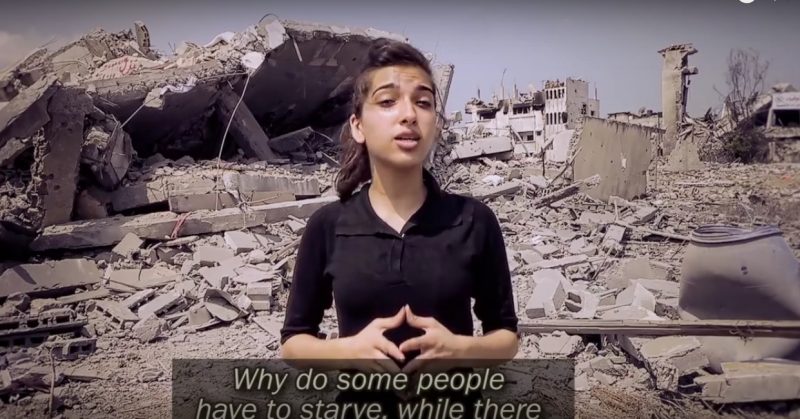The documentary, Anne Frank: Then and Now, was screened in an Iranian theater for students and their professors. The authorities did not approve of the screening. Iran’s Supreme Leader is a known denier of the Holocaust.
“Before the start of the screening, I did an introduction with an explanation about Anne Frank and the Holocaust,” director Jakov Sedlar told Deadline Hollywood. “After the screening, I had a one-hour conversation with the audience. Those students never ever heard about Anne Frank; just two young people knew something about the Holocaust.”
Following the screening, Sedlar spoke with the students about the influence of art in the modern world, and the students thanked him for teaching them something new.
The film was intended to bring the story of Anne Frank to Arab countries. It focuses on eight young Palestinian girls and two Israelis who are trying out for the role of Anne Frank. It was filmed in Arabic with English subtitles. During filming, the 2014 Israel-Gaza War took place and is captured in the documentary. One Gazan girl reads her lines in front of a destroyed building. Behind her, men in gas masks run past, looking for cover. The unscripted moment perfectly captures the irony of making a documentary about a war while in the middle of another war.
After the screening, the director asked the students to tell their friends about Anne Frank and learn about her and the Holocaust.
It’s not easy to find out about the Holocaust in Iran. Access to Google is blocked, and authorities regularly restrict access to Facebook, YouTube, and Twitter.
Iran’s Supreme Leader said in 2014, “No one in European countries dares to speak about the Holocaust, while it is not clear whether the core of this matter is reality or not.” He then goes on to add, “Even if it is a reality, it is not clear how it happened.”
The current president of Iran, Mahmoud Ahmadinejad, said that the Holocaust is a myth and declared that Israel needed to be wiped off the map.
The U.S. State Department’s most recent human rights report states that the Iranian government keeps strict controls on cinema, music, theater, and art exhibits, and censors those deemed contrary to its interpretation of Islamic values.
Sedlar said, “For this guy who organized the screening, it was not an easy and simple thing. Basically, it was an illegal screening.”
